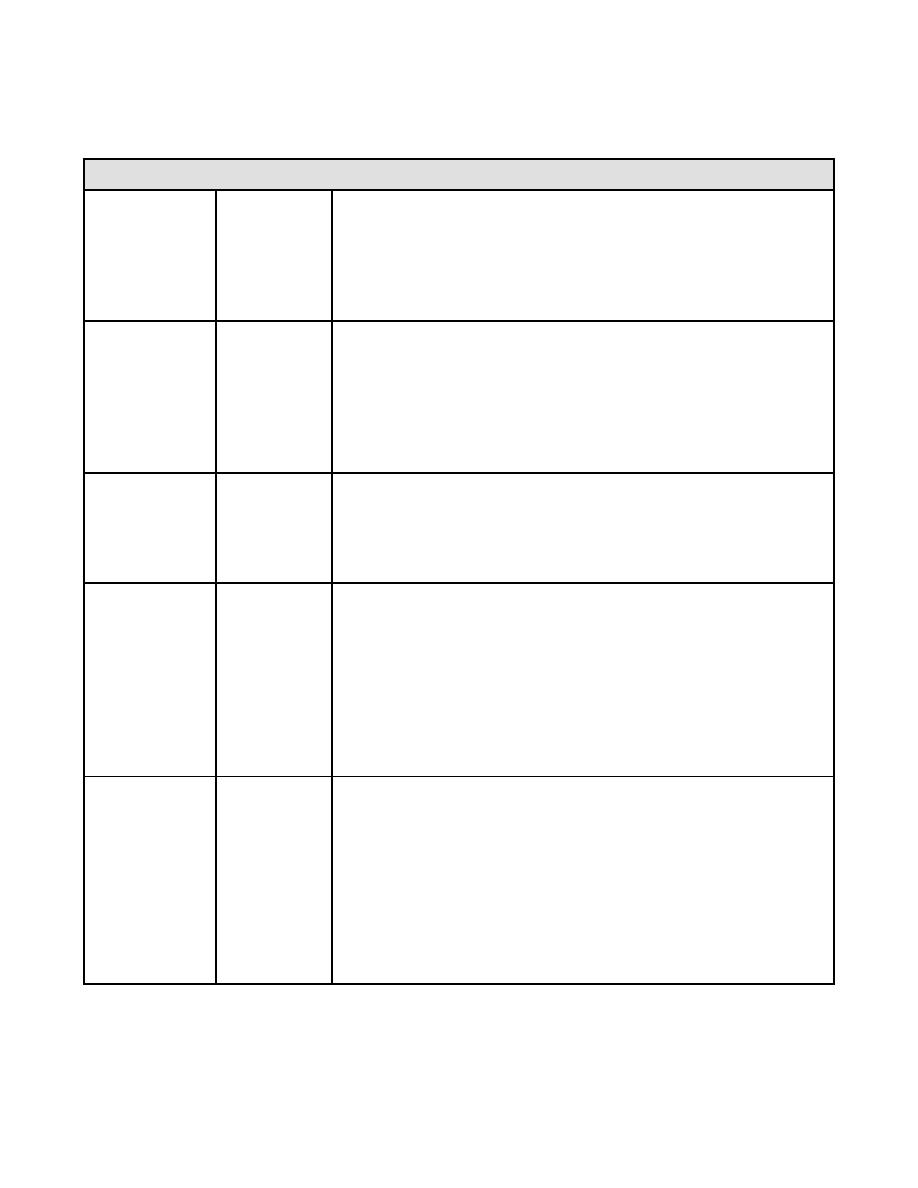
UFC 4-150-06
12 December 2001
Table 2-1 Characteristics of Harbor Location Types
Type
Characteristics
Artificial
Needs:
Low elevation; economical excavation.
inland basin
Advantages
Less breakwater costs; feasibility of expansion.
:
Low ground may contain poor soils; potential of flooding and
Concerns:
sedimentation from upland sources; distance to offshore
navigational water depth; littoral drift; silting.
Artificial
Needs:
Adequate sources for extensive breakwater construction
offshore
material.
Advantages
basin
:
Normally good foundation conditions can be developed with
minimal dredging.
Concerns:
Construction costs relatively high for harbor size; minimum
expansion capability; littoral drift; shoaling.
Protected
Needs:
Shoreline relief features help to reduce storm-wave
exposure.
Advantages
:
Less breakwater development cost.
Concerns:
Can be same as other locations.
Natural
Needs:
Natural ocean access passage of adequate dimensions
leading to embayment protected from storm waves.
Advantages
Minimal effort required for developing protected water area.
:
If not historically used as ship refuge area, ascertain reason
Concerns:
(example: Lituga Bay, Alaska, which is subject to
landslides and massive waves); natural sediment regime
should be thoroughly investigated if extensive deepening
of natural depths is proposed.
River
Needs:
Historically stable river of adequate natural depths and
widths to accommodate proposed vessel sizes.
Advantages
Minimal effort required for developing protected water area.
:
Currents and water-level fluctuations due to variation in river
Concerns:
stages; effects of new works on river's natural alluvial
regime require thorough analysis, including effects of
salinity changes; extensive basin dredging and channel
deepening should be avoided where possible.
2-8



 Previous Page
Previous Page
